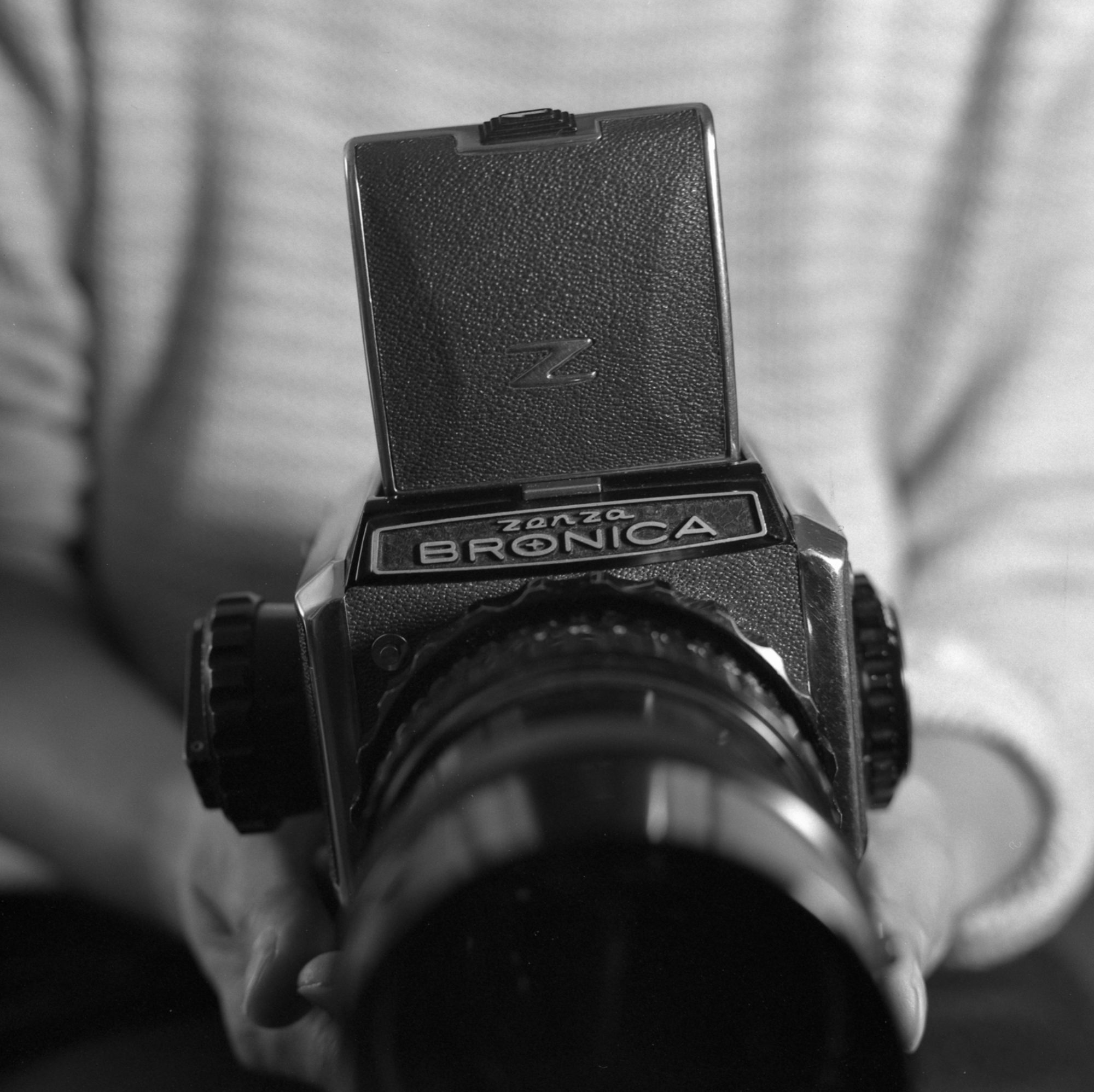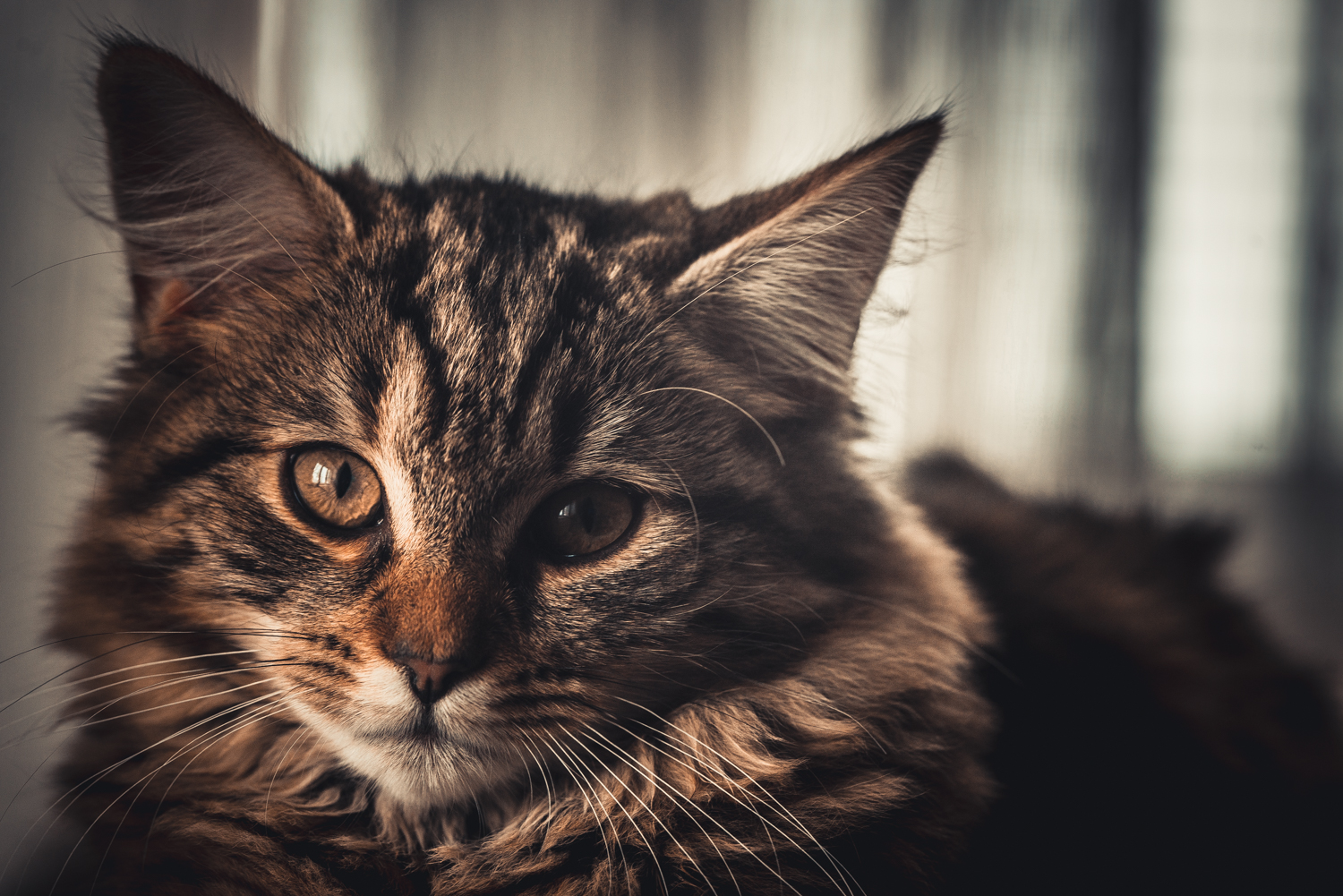Sometimes things don’t exactly go to plan. “Sometimes” is kind of a massive understatement, though. Right now, everything’s just changing constantly, and it’s happening super fast. My amazing Honey💖 is having some health issues right now, so instead of taking pre-Christmas trips, we’re “enjoying” tours of various medical centers. We meet people who are spending their Advent days the exact same way. Sometimes we laugh, and sometimes we just don’t get it. And even though I always haul my camera bag around, thinking we’ll stop and grab a few shots somewhere on the way, we’re always just so relieved to be heading home that I barely take any photos at all. The thing is, the weather this time of year is typically all low light and tons of fog. So yeah, I definitely could take photos, but the vibe they’d give off is exactly the one I’m trying to avoid right now.
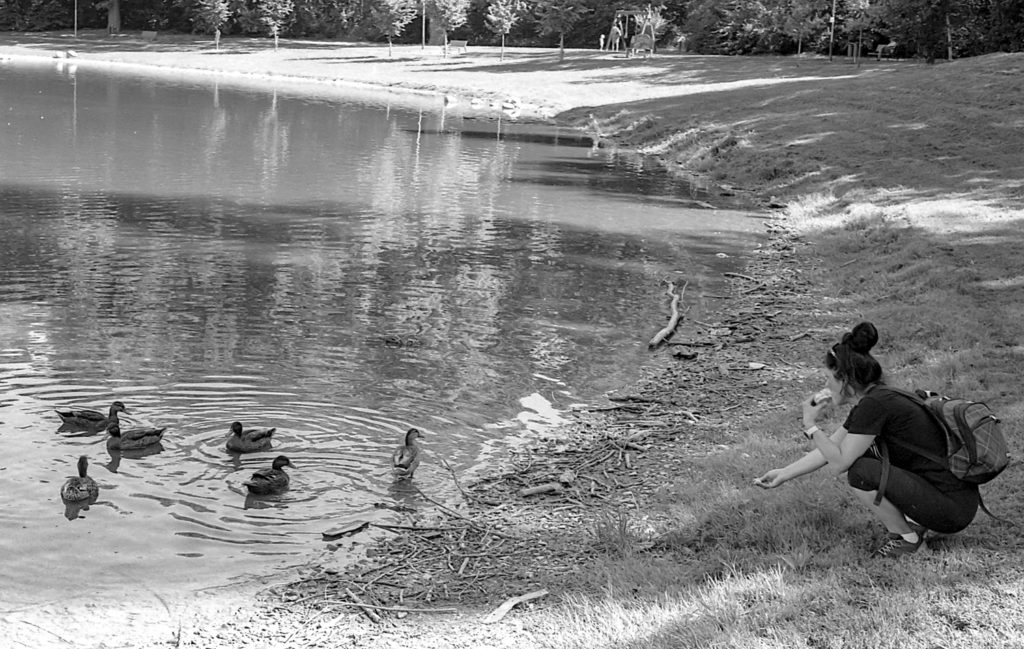
My daughter came to visit for two weeks… and she brought a kitten with her. You have to remember that “kitten” sounds unbelievably cute, right? But really, a kitten is just a tiny, perfect little predator. And they are absolutely and exclusively interested in whatever is off-limits. “These doors are closed… why? (That’s the bedroom with the parrot, which immediately switched to: I’m not here, I’m invisible until that other animal leaves mode.) I don’t care about the treat bowl… I care about what’s behind those shut doors. Oh, and I just noticed there’s another set of closed doors you keep chasing me away from (that’s the darkroom with the chemicals).” So I’m constantly trying to figure out how to entertain and tire this kitten out. If you remember that BBT scene where Penny sings the lullaby to Sheldon—”Soft Kitty, Warm Kitty, Little Ball of Fur,” or something along those lines—just picture a 220-pound guy singing that exact same thing to a kitten instead of doing, like, actual work 😁.
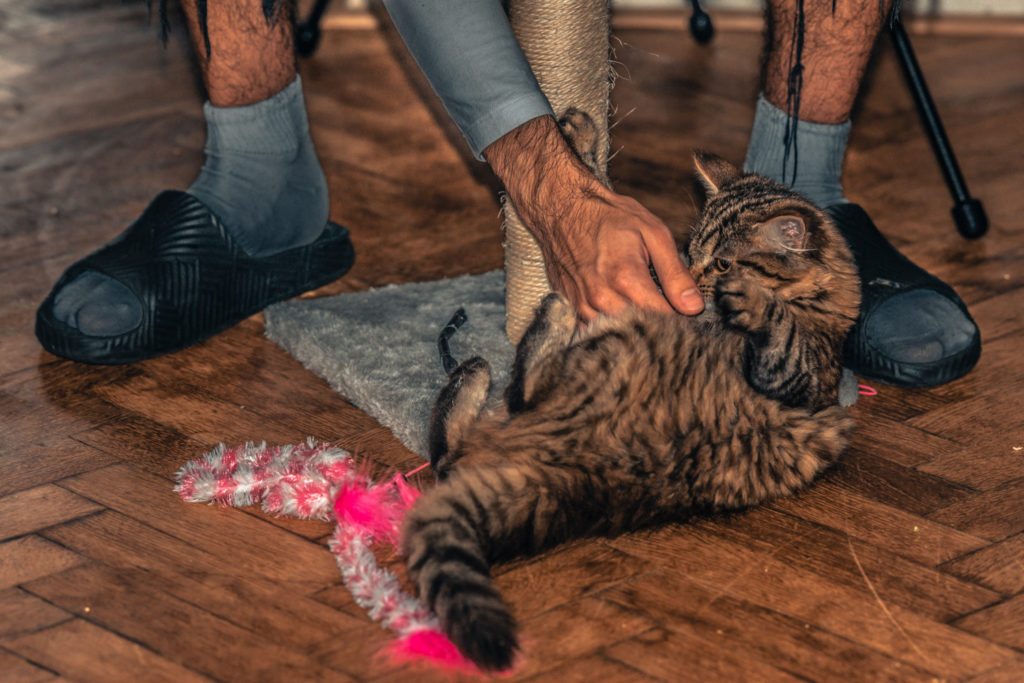
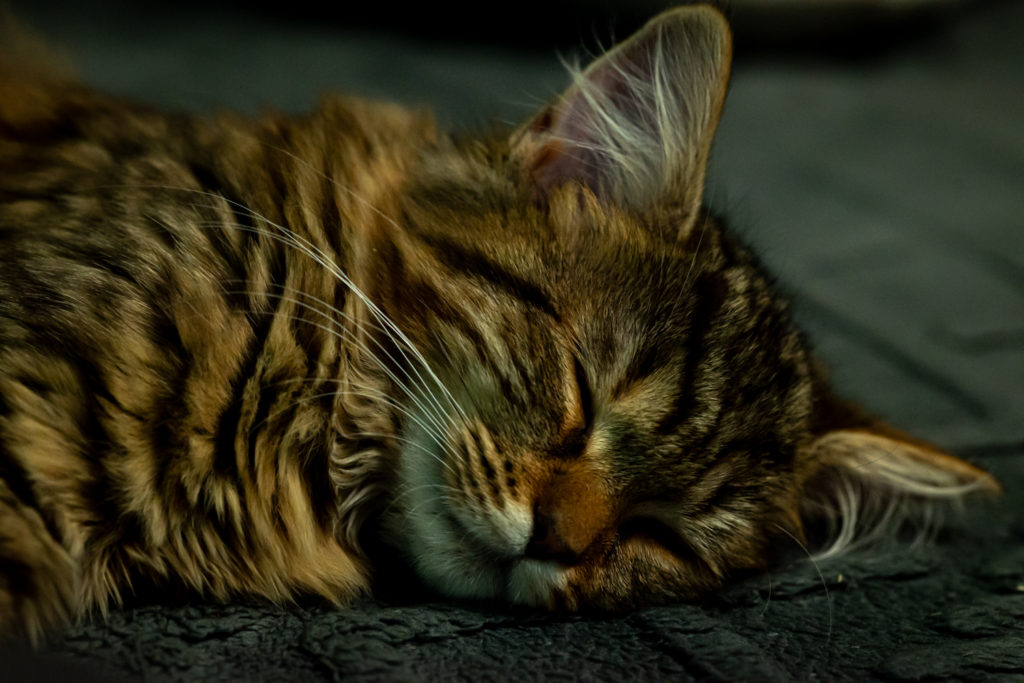
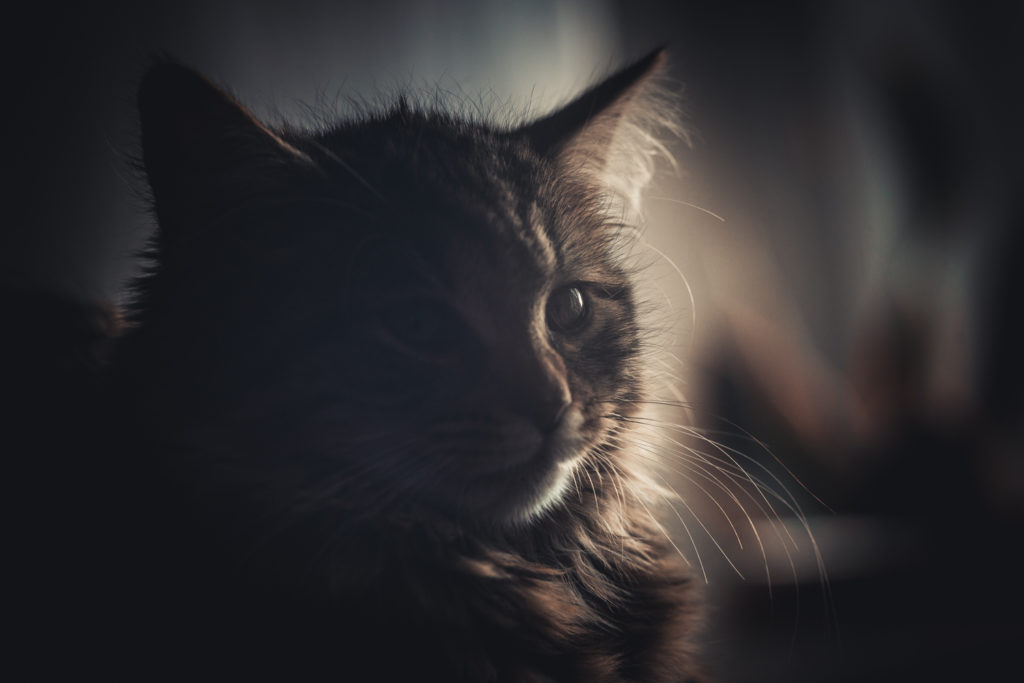
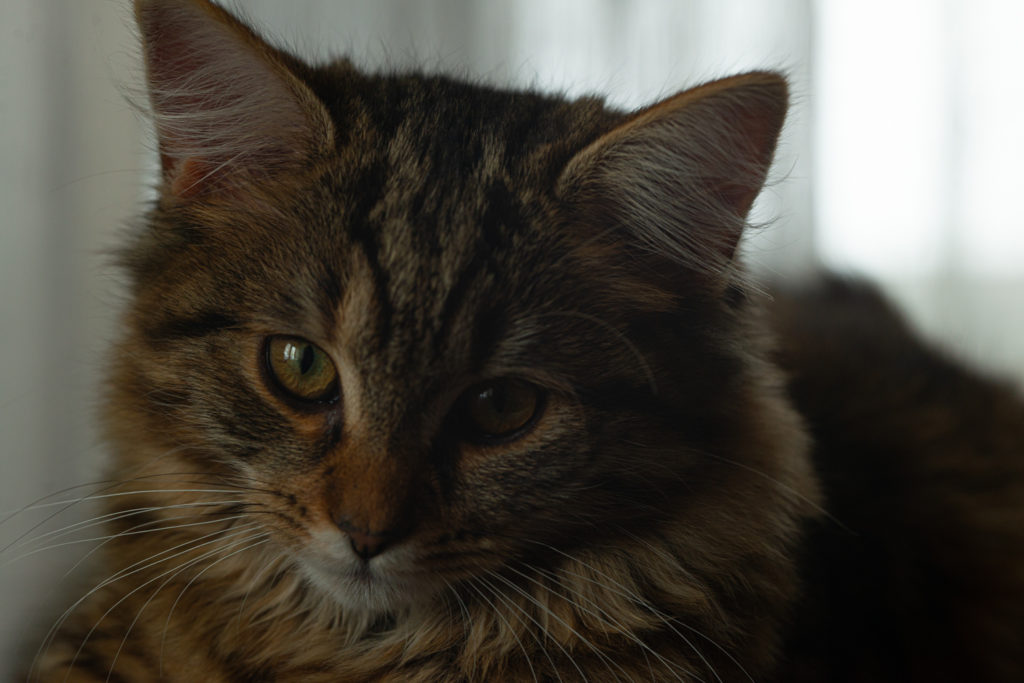
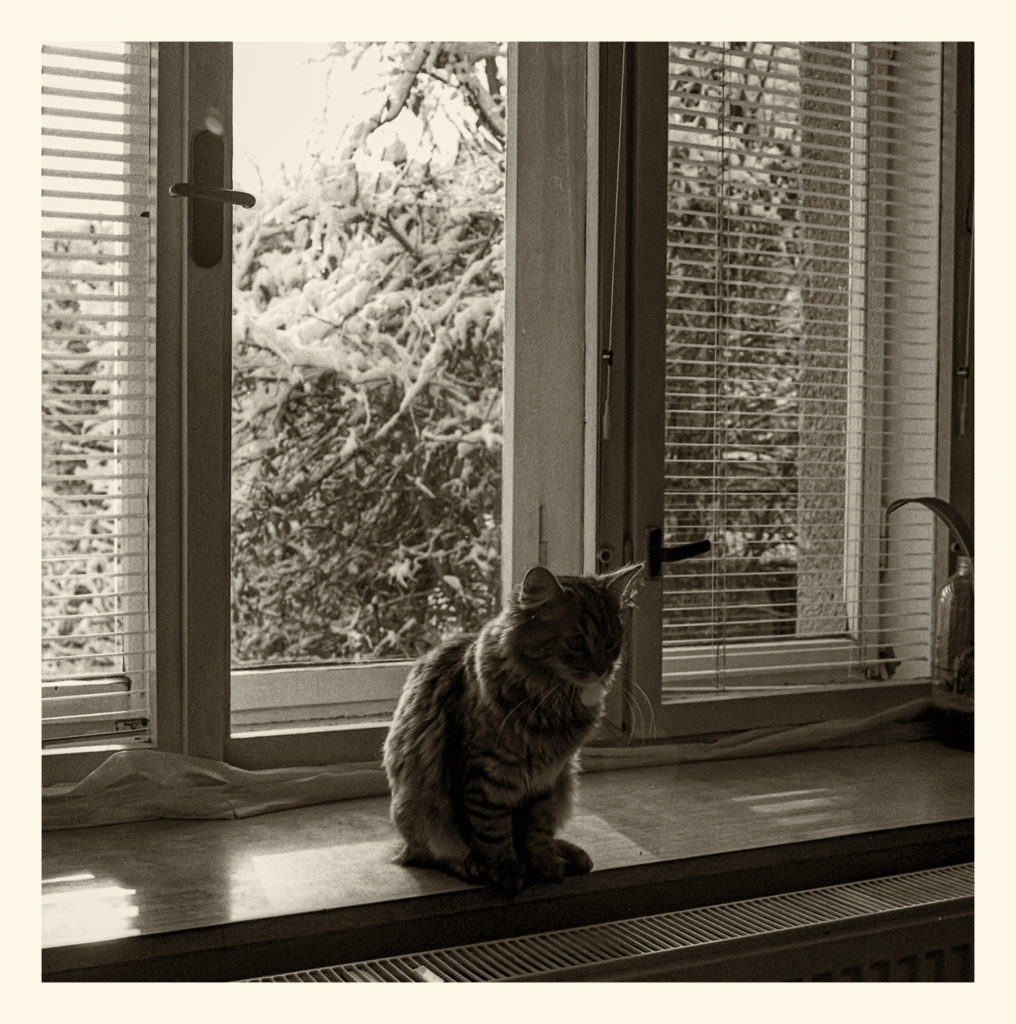
And then, on top of all that, I discovered one of my photo backup drives finally died, and all the photo backups are gone. We’re talking about roughly 200,000 DSLR shots. The only ones I really feel bad about are the astrophotography shots I took years ago. Luckily, I can recreate the negative scans. But I’m only realizing now just how long it takes to scan a single roll of color film. So now I’m spending my nights feeding negatives into the scanner and finding out what I was actually shooting back then. And guess what? It’s mostly ridiculous crap, which somehow still made me point my lens and hit the shutter.
That’s just the Theory of Relative Reality for you. Happy December, and I wish you all the least amount of “Chaos Mode” possible!
Yours Mic..the fool on the hill 😉📷🌞
